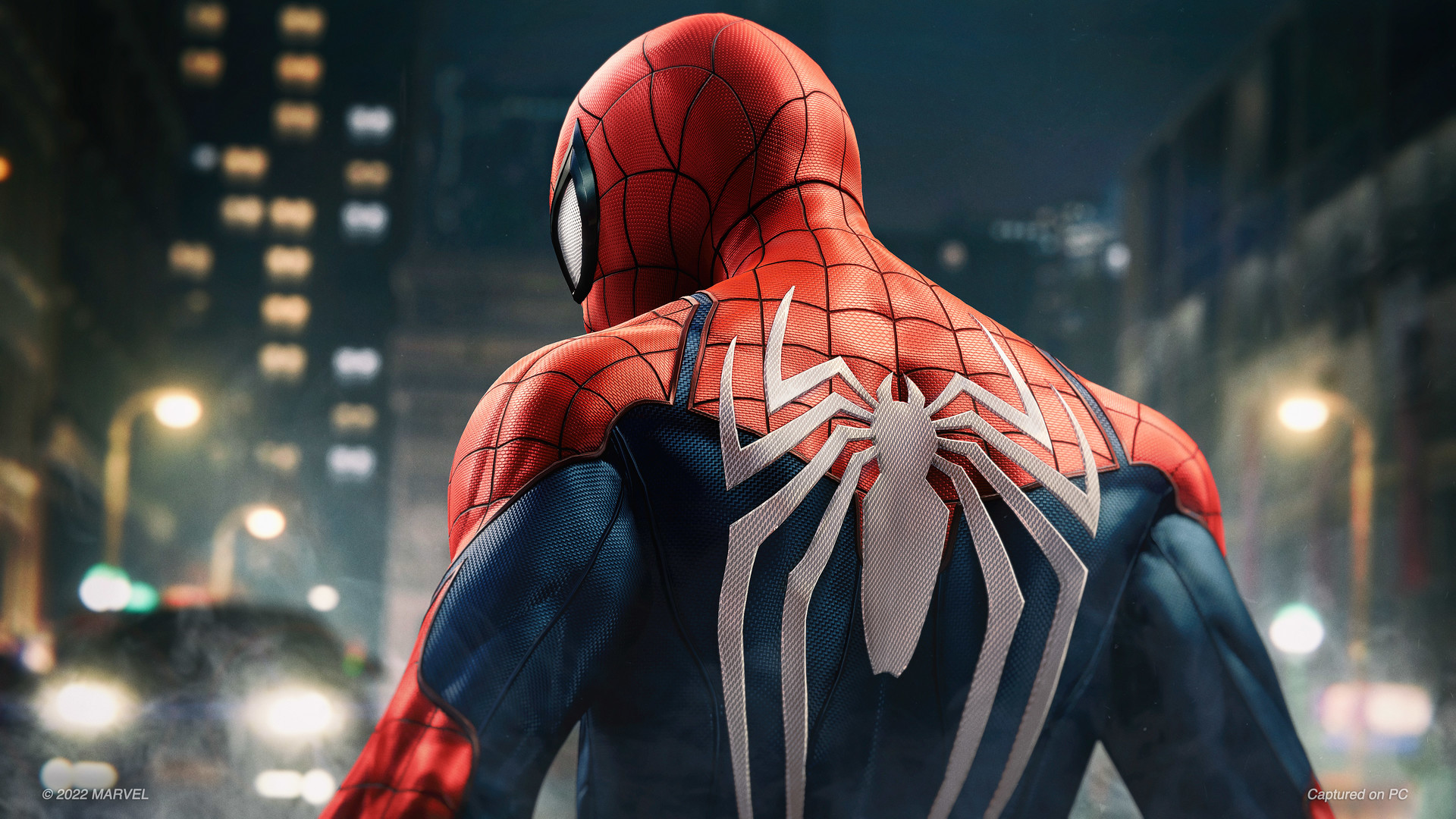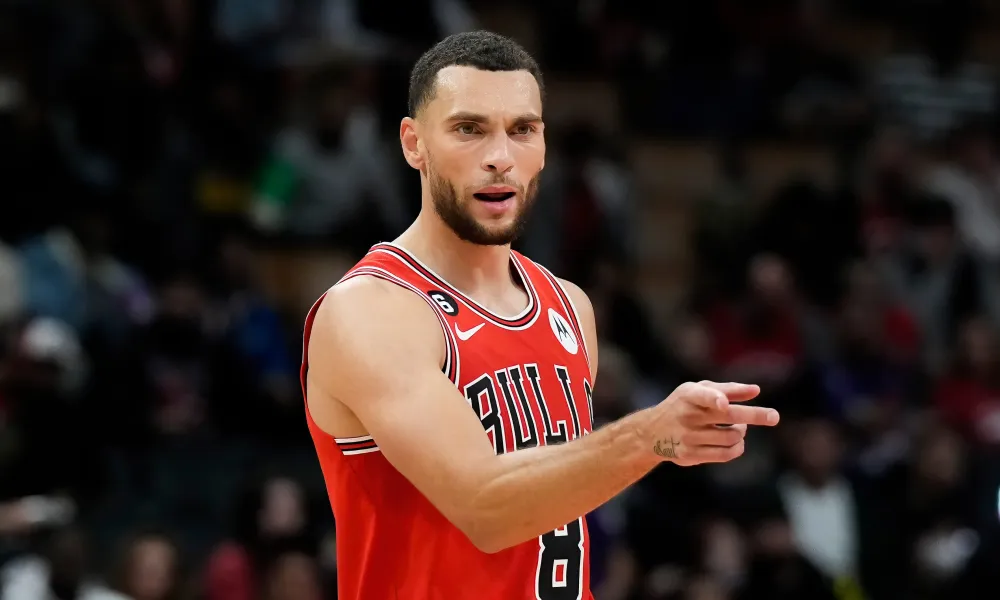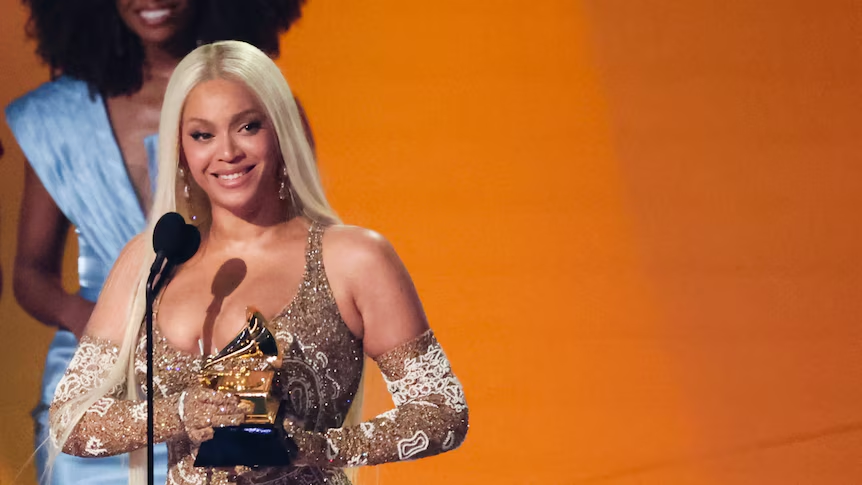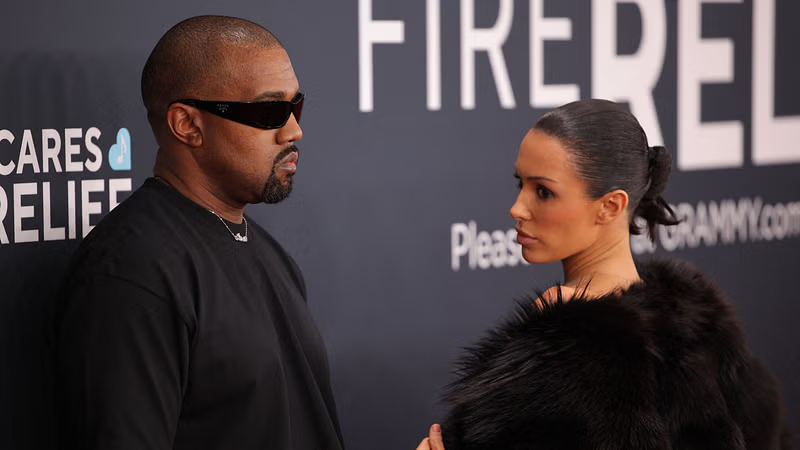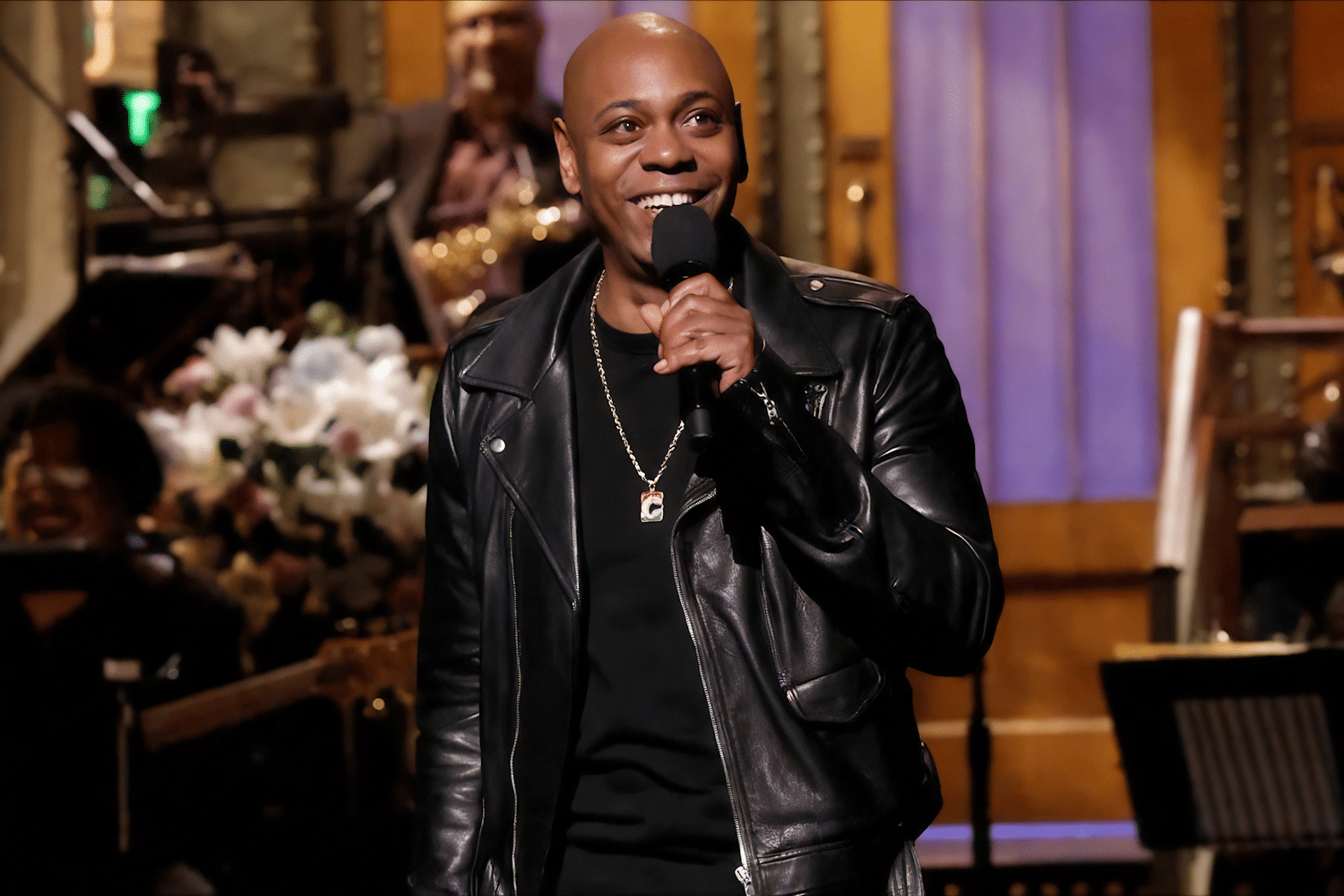
Since its debut in 1975, Saturday Night Live (SNL) has become a cultural institution, shaping comedy, influencing television, and launching the careers of some of the biggest stars in entertainment. Known for its sharp satire, hilarious sketches, and memorable musical performances, SNL has maintained its status as one of the longest-running and most influential sketch comedy shows in television history.
Whether you’re a longtime fan or just starting to explore SNL, this article will provide an in-depth look at the show’s history, significance, format, memorable moments, and why it continues to captivate audiences after nearly 50 years.
The Birth of SNL A Revolution in Late-Night Television
Created by Lorne Michaels, Saturday Night Live debuted on October 11, 1975, with a mission to change the landscape of television comedy. At a time when late-night TV was dominated by conventional talk shows, SNL introduced a fresh, irreverent style of comedy that would become its hallmark. With a mix of political satire, celebrity impressions, and outrageous sketches, SNL quickly captured the imagination of viewers.
The first episode was hosted by comedian George Carlin, with Janis Ian providing the musical entertainment. Despite early challenges, including fluctuating ratings, SNL’s blend of live television, unpredictable sketches, and musical performances quickly garnered a loyal following.
The Format of Saturday Night Live

The format of Saturday Night Live is designed to be fast-paced, unpredictable, and reflective of the cultural zeitgeist. Each episode is divided into several segments:
- Cold Open: The show usually begins with a political or social satire sketch, often lampooning current events. The cold open sets the tone for the night’s humor and frequently features celebrity guests or cast members impersonating public figures.
- Monologue: After the cold open, the host delivers a comedic monologue. This part typically features the host performing jokes, interacting with the audience, and sometimes incorporating pre-recorded bits or stand-up routines.
- Sketches: SNL’s signature sketches follow, with a wide range of absurd, often surreal scenarios that comment on contemporary life. These sketches cover everything from parody commercials and celebrity impressions to bizarre scenarios and satirical takes on current events.
- Musical Performance: SNL has always featured musical guests, allowing artists to perform live on the show. These musical performances often introduce new songs and offer a platform for both established and up-and-coming artists.
- Weekend Update: One of the most beloved segments, Weekend Update is a comedic news show hosted by a pair of anchors (often with rotating hosts). The segment delivers satirical commentary on the week’s news, with plenty of jokes, punchlines, and political commentary.
- Closing: The show ends with a final sketch or performance before the credits roll, often leaving viewers with a memorable or surprising moment.
Why SNL Is So Iconic
Several key factors have contributed to SNL’s lasting influence and status as a television staple:
1. Political Satire and Social Commentary
Since its inception, SNL has used its platform to comment on the political and social issues of the day. Whether lampooning politicians, political events, or social trends, the show has always maintained a sharp satirical edge. Weekend Update became the perfect vehicle for this, offering biting commentary on the week’s most significant news events.
The show has given birth to some of the most memorable political impressions in history, including Dana Carvey’s portrayal of President George H. W. Bush, Will Ferrell’s impersonation of President George W. Bush, and Alec Baldwin’s now-iconic portrayal of President Donald Trump.
2. Musical Performances and Guest Appearances
Each episode of SNL features a musical guest, allowing the show to showcase a wide range of musical genres. Many artists have launched their careers by performing on SNL, including Prince, Madonna, Kanye West, Adele, and Lady Gaga. The show also attracts legendary musicians who perform some of their biggest hits live, providing audiences with unforgettable musical moments.
Additionally, the guest hosts have ranged from famous actors and musicians to athletes, politicians, and comedians, bringing in unique personalities that add to the show’s charm.
3. Launchpad for Comedy Careers
For almost 50 years, SNL has served as a platform for comedic talent to launch their careers. Some of the most beloved comedians of all time got their start on the SNL stage, including Eddie Murphy, Chris Rock, Tina Fey, Amy Poehler, Bill Murray, Will Ferrell, Maya Rudolph, Kristen Wiig, and Pete Davidson.
For many performers, SNL served as the springboard to larger careers in television, film, and stand-up comedy. The show continues to be a proving ground for aspiring comedians and actors.
4. Unpredictable, Live Format
One of the key components that sets SNL apart from other comedy shows is its live format. Airing live on television means anything can happen, and sometimes it does. From flubbed lines to on-stage mishaps, the unpredictability of live television adds a certain charm and excitement to each episode. Viewers never know exactly what they’ll get, but they can be sure it will be memorable.
Memorable Moments in SNL History

SNL has produced countless iconic moments over its decades-long run. Here are just a few that have stood out:
- The Blues Brothers (1978): John Belushi and Dan Aykroyd’s characters became the foundation for one of SNL’s most famous spin-offs, culminating in the film The Blues Brothers (1980).
- Chris Farley’s “Matt Foley” Sketch (1993): Chris Farley’s over-the-top portrayal of a motivational speaker who lives “in a van down by the river” remains one of the most memorable sketches in SNL history.
- Tina Fey and Amy Poehler’s Weekend Update (2004–2008): This dynamic duo brought an unforgettable blend of humor and wit to SNL’s satirical news segment, which remains a fan favorite.
- Will Ferrell’s “More Cowbell” (2000): The sketch featuring Christopher Walken and Ferrell became legendary, with Ferrell’s character obsessively demanding “more cowbell” in a mock Blue Öyster Cult performance.
- The SNL Digital Shorts (2005-2012): During Andy Samberg’s tenure, the show produced hilarious and viral digital shorts, including the unforgettable “Lazy Sunday” and “Dick in a Box”, which became pop culture phenomena.
Frequently Asked Questions About SNL
Q1: What time does SNL air? SNL airs Saturday nights at 11:30 PM ET on NBC.
Q2: Can I watch SNL online? Yes, you can watch SNL episodes on the NBC website, Hulu, and Peacock. Many sketches are also available on YouTube after the show airs.
Q3: Who are the current cast members of SNL? As of 2024, SNL’s cast includes Kenan Thompson, Cecily Strong, Bowen Yang, Chloe Fineman, Heidi Gardner, Mikey Day, and Colin Jost, among others. The cast often changes, with new members being introduced each season.
Q4: Who is the longest-running SNL cast member? Kenan Thompson holds the record as the longest-running cast member, having been with the show since 2003.
Q5: How does someone get on SNL? Getting on SNL typically involves a combination of comedy experience, auditioning, and showcasing talent. Many cast members have backgrounds in improv, stand-up, or sketch comedy.
Q6: Has SNL ever been canceled? No, despite challenges, SNL has never been canceled. It has faced various changes in the cast and format but has remained a staple of American television.
Conclusion
Saturday Night Live is more than just a late-night comedy show—it’s a cultural touchstone that has defined American humor for decades. Through its political satire, iconic sketches, and unforgettable performances, SNL has become a platform for both rising stars and seasoned celebrities. Its ability to adapt to the times while maintaining its core principles of irreverent comedy has ensured its place in television history.
As it continues to entertain and challenge the status quo, SNL remains a vital part of the American entertainment landscape, and its influence on comedy, pop culture, and television will likely endure for many years to come.


